Ruchira tells us about some popular Indian sweets, from various parts of the country, in the weekly column, exclusively for Different Truths.
Sweets form an inseparable part of the lifestyle, tradition, and culture of Indians. It has been that way down the centuries. Believe it or not from birth till death, and even before birth (e.g even baby shower) on each and every social occasion sweets must be served to the guests. So it will not be wrong to say that we Indians are possibly world’s best sweet and most famous sweet tooths! And the immense variety of it all! We must bear in mind that a specific sweetmeat of a particular area depends on its geographical location, climate, history, as well as basic food items, dairy, and fruits available in that region
Now let me take you on a brief safari of a few popular and famous sweets:
Shahi Tukda: This comprises toasted bread slices soaked in sugar syrup and doused in a sweetened reduction of milk (e.g., condensed milk) and flavored with strands of saffron.
Vermicelli: Known as sewiyaan in local Indian languages. Its origin may be traced to West Asia; it was 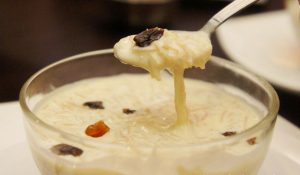 brought to India by the Islamic invaders and settlers. One reason that die-hard Hindus should be grateful to Muslims for. It comprises long thin noodles cooked in rich creamy sweetened milk, finally garnished with dried fruits and nuts.
brought to India by the Islamic invaders and settlers. One reason that die-hard Hindus should be grateful to Muslims for. It comprises long thin noodles cooked in rich creamy sweetened milk, finally garnished with dried fruits and nuts.
Goan Coconut Cake: This is highly popular in Goa/ Maharashtra /Konkan region. Its basic ingredients are semolina, coconut with a dash of rose water for fragrance.
Kheer: This is the commonest sweetmeat in the country with regional variations. The basic ingredients include milk fine quality long grained rice, besides dried fruits nuts saffron, etc. It usually has a creamy texture.
Gajar ka Halwa: With carrot as the most important ingredient this Indian pudding is made by 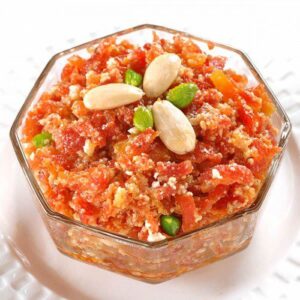 using ghee, milk, cream, sugar, and grated carrot. There is a choice of toppings and garnishing i.e., chopped nuts, cardamom, rose water etc. Can be enjoyed both hot and cold. Personally speaking, I am rather adept in making this item at home.
using ghee, milk, cream, sugar, and grated carrot. There is a choice of toppings and garnishing i.e., chopped nuts, cardamom, rose water etc. Can be enjoyed both hot and cold. Personally speaking, I am rather adept in making this item at home.
Shandesh: It is perhaps the most popular among Bengali sweets. For making it, homemade cottage cheese/paneer is used. It is next finely blended with sugar and garnished with cardamom powder. In fact, the number of varieties a Shandesh has is as many as the stars
Mishti Doi: Has curd/ yogurt as the basic ingredient. But it differs from the plain yogurt because of the method of preparation. The first milk is boiled till it gets thickened substantially; then sugar is added. The milk is now allowed to ferment overnight in an earthen vessel. The porous walls of the earthenware thicken the yogurt, besides setting an ideal temperature for the growth of bacteria. This item is mostly consumed on special occasions like weddings, Durga puja Diwali and so on.
Jalebi: The origin of this sweet may again be traced to West Asia or the Middle East. Spiral in shape and golden yellow in colour, jalebis are a feast to the eyes and the tongue as well Made by deep-frying white flour/maida batter in interlinked circular shape, which are then soaked in sugar syrup. They are chewy in texture with a crystallized sugary outer coating. Again these may be consumed both hot and cold. The North Indians prefer to eat jalebis with rabri – a semi-solid, creamy milk-based dessert.
Soanpapri: Also known as Patisa it is essentially a North Indian sweet. It is generally cubical in shape with a crispy, flaky exterior and texture. Since it is very brittle to touch be careful while eating it. The main ingredients are sugar, gram flour (besan) white flour/maida, ghee, milk, besides green cardamom for garnishing.
Lassi: Though it is essentially a beverage, Lassi with its multiple variety may be considered a dessert. It is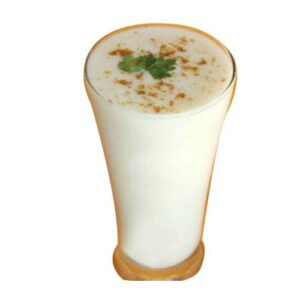 often consumed after meals. Across India, Lassi becomes the most popular coolant during the torrid summer. For making Lassi milk/water-thinned yogurt is blended with ingredients like ripe mangoes, rose water, khus, pineapple, strawberry rose petals, sugar, pine nuts and lots more…
often consumed after meals. Across India, Lassi becomes the most popular coolant during the torrid summer. For making Lassi milk/water-thinned yogurt is blended with ingredients like ripe mangoes, rose water, khus, pineapple, strawberry rose petals, sugar, pine nuts and lots more…
Gulab Jamun: Consists of white flour dough mixed with dry thick cream/khoya sugar and shreds of pistachio/ green cardamom. This is deep fried and then dunked in thick sugar syrup. You have the option of sampling them both hot and cooled! There is a famous variant which is near elliptical in shape. Known as Ledikenny. As the story goes British Viceroy Lord Canning’s wife had a taken a fancy to this sweet. Hence it was renamed in her honour, Canning became Kenny!
Kulfi: The name is derived from the Arabic/Persian word kulaf meaning lock. This is possibly the Asian counterpart of ice-cream which originated in Europe. The basic ingredient is thickened milk enriched with crushed cardamom, strands of saffron, and slivers of pistachio. The mixture is poured into metal moulds, sealed and cooled in ice-packed chests. Once the seal is broken, the frozen lump comes out–the result is sheer magic!
Malpuwa: This is basically a homemade pancake with white flour/maida as the main ingredient, and soaked in cardamom rich sugar syrup and sprinkled with shreds of pistachios.
Srikhand: An integral part of a Gujarati menu, it is highly popular 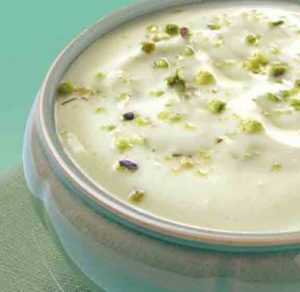 in Western India. First of all, yogurt is thickened to the maximum by straining it through a cheesecloth later it is mixed with creamy milk and garnished with saffron. It is tangy and sweet to taste.
in Western India. First of all, yogurt is thickened to the maximum by straining it through a cheesecloth later it is mixed with creamy milk and garnished with saffron. It is tangy and sweet to taste.
Halwa: The name is Arabic in origin, meaning sweet. It is popular in Greece and North Africa. Nearly all types of items can go into it. In its Indian form, Halwa is by and large made with semolina/sooji. To begin with, the semolina is sautéed in the oil or ghee. Once it begins to turn light brown, water mixed with sugar is added. Garnishing elements like fruits and nuts are to be added at this point. At this stage, the halwa is off-white and soft to touch. Depending on personal choice and requirement it may be cooked further which will give it a hardened feel.
To all sweet tooth, enjoy. Bon Appetit!
©Ruchira Adhkari Ghosh
Photos from the Internet
#IndianSweets #SweetDish #Dessert #VarietyOfIndianSweets #Milk #SliceOfLife #DifferentTruths

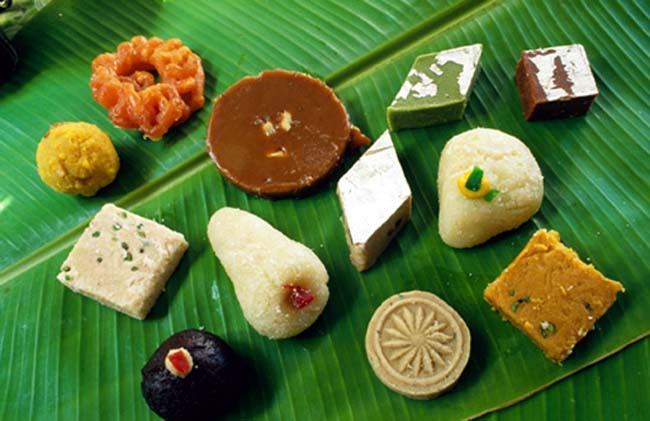
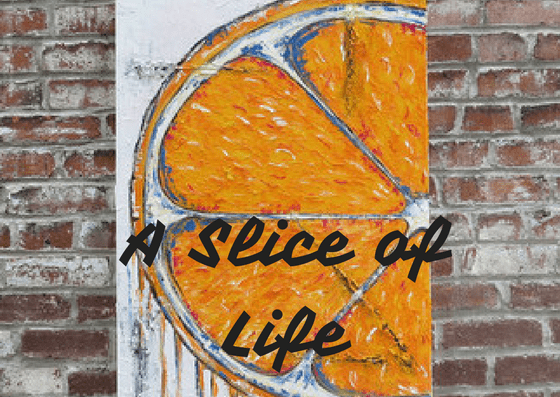

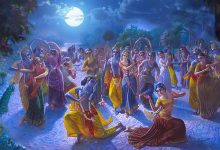
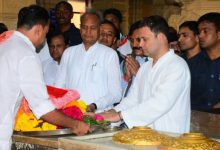
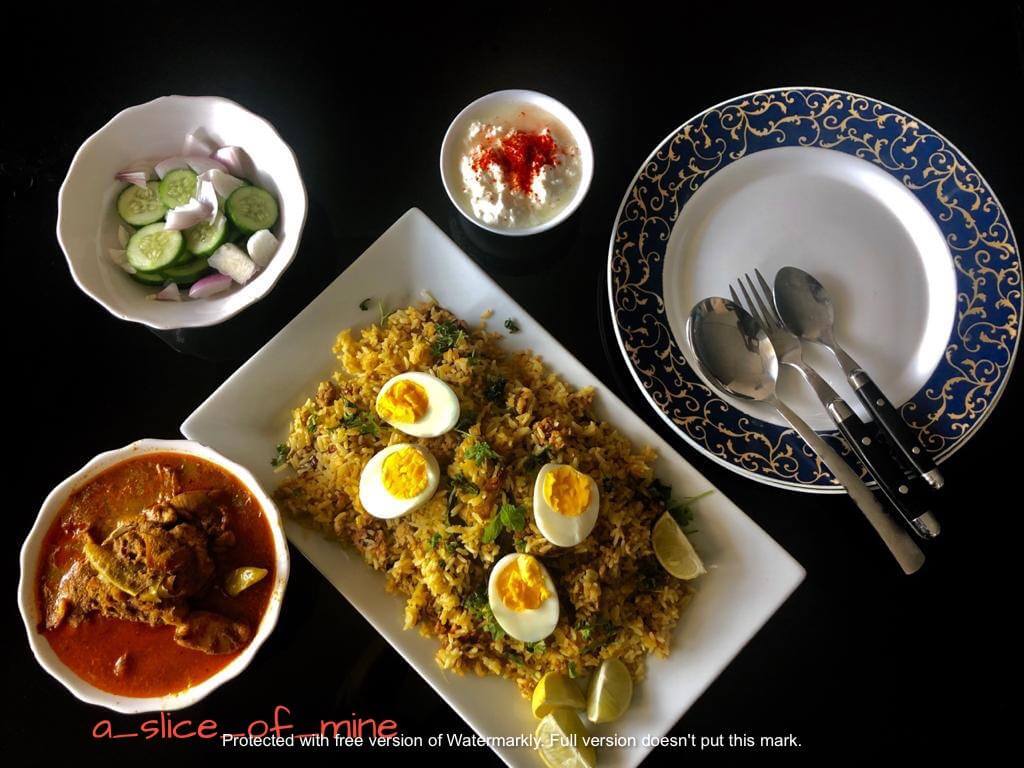

 By
By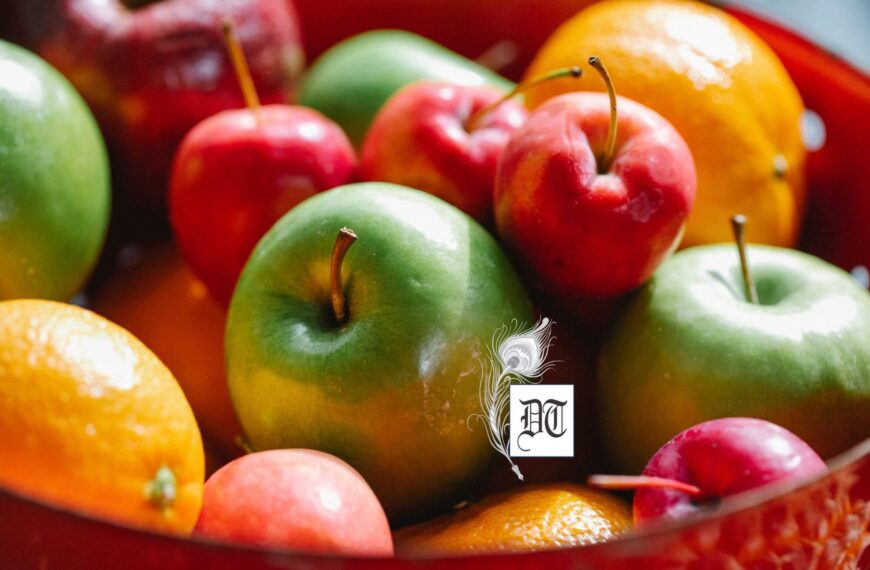
 By
By
 By
By